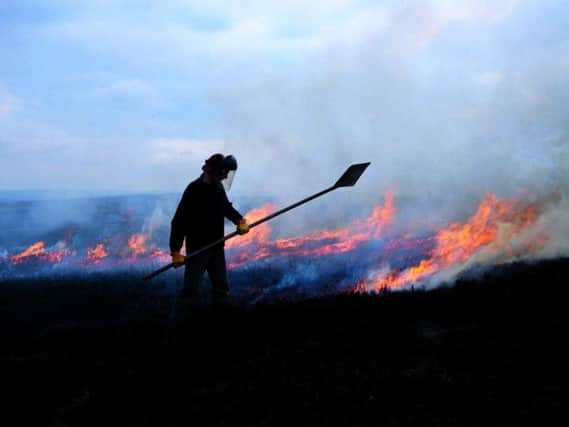Fears over water quality at Scammonden reservoir after ferocious moorland fire


Firefighters have battled all night to contain the wildfire over Marsden Moor.
Lisa Harrowsmith, Yorkshire Water’s Land and Property Surveyor, explained how wildfires can affect drinking water quality:
Advertisement
Hide AdAdvertisement
Hide Ad“The source of much of the water we use in Yorkshire comes from our moorland catchment zones such as Saddleworth Moor where we have numerous reservoirs.
The problem with wildfires is that they cause this land to dry out, which increases peat sediment getting into reservoirs and can cause water colour problems. It is therefore vital that we contain the impact of wildfires so they do not have an adverse effect on drinking water quality.”
Besides water quality problems, wildfires are not only dangerous but can devastate local ecosystems.
For example, they can damage deep peat soils formed over thousands of years, which results in the loss of valuable habitat and wildlife such as birds, reptiles and insects much of which is of international importance.
Advertisement
Hide AdAdvertisement
Hide AdThe North Yorkshire Wildfire Group aims to reduce the incidents of wildfire, ensure best practice on moors managed by gamekeepers, and minimise the impacts of wildfires when they do occur, particularly moorland and forest fires.
The group is working closely with North Yorkshire Fire and Rescue Service to ensure its wildfire plans are up-to-date in the event any wildfire break outs.
The plans include land owner and occupier contact details, local firefighting resources, as well as access and water supply information.
Soyland Moor, which is closeby to Saddleworth Moor, has in the past experienced numerous wildfires, the worst of which occurred in 2013 that damaged 1,000 hectares of land in Soyland and Rishworth in Calderdale, the equivalent of 140 full-sized football pitches. Large areas of peat bog and mature heathland were destroyed along with numerous birds’ nests.